Orienting the Disoriented:
A Craft Essay on Setting in Science Fiction
Setting should also be integrated into the narrative of the story in small bits, rather than presented in a long series of paragraphs. Beginning science fiction writers often front-load their work with all the information they think the reader needs to place themselves within the world of the piece. But readers seldom retain disconnected details provided in quick succession; this writing is, at best, wasted and, at worst, bores the reader and they put down your piece before the real story begins.
Here is an example of a deadly first paragraph:
The year was 2127 and Earth had long been one large housing project for those without the resources to move to the safer, more elegant space stations orbiting the outer planets. Most planet-bound people survived by trafficking in the shadow economy; growing opium poppies or distilling old-fashioned corn liquor to be smuggled aboard the off-planet suburbs for wealthy buyers nostalgic for the old vices. Plague ran rampant in the urban areas, starvation killed off whole outposts of back-to-the-land idealists in rural areas. Government had been replaced by corporate ownership centuries before; with a few exceptions, Earthers were illegal squatters living on land owned by the large energy and agri-business conglomerates who produced the raw materials needed to keep the space stations in food and fuel. Every so often, the large terra-forming robots would raze an entire city neighborhood to make room for a soy-bean farm or nuclear power plant. Those who didn’t get out of the way quickly enough were ground into the soil by the machines’ giant augers or crushed underneath their forty yard long treads.
Here is a better way to open this story:
Nila walked from her job in the hashish fields in Old Central Park to the burnt-out shell of an apartment building she shared with a few hundred other families in the center of what used to be New York’s Upper West Side. In the distance, she could hear the giant terra-forming robots razing another section of Manhattan. It seemed to her that every week some new part of the city was destroyed to make room for fields of soybeans or another nuclear power plant to feed the endless demands of the affluent folk who lived on the space stations orbiting the outer planets. Twice, she’d had to bundle her two children up in the night and flee when the great machines appeared unexpectedly in her neighborhood. Now, she was careful to track their movement so that she could keep her family one step ahead of the destruction. Safe places to live were scarce, and she wanted her children to grow up as far away from the dangers of this world as possible.
Why is the second opening better? Because it places the observations inside the mind of the main character, which imbues them with meaning and identifies the way in which they are relevant to the story arc. The elements of the setting now tell us crucial details about the protagonist, and we expect that this story will be largely focused on Nila’s struggle to keep her family alive in this dystopic version of a future Manhattan.
Still, though the second version is better, it’s still not great. I doubt a story that began this way would pass muster with the editors of Redstone Science Fiction. It’s still far too expository, overwhelming the reader with details that would have been better introduced more artfully woven into the dialogue and action of the story. But you see the point, none the less. Setting must be revealed as the characters experience it, and not in one great, expository lump, if you want to draw the reader into your story.
Finally, I’d like to talk about what this craft essay has to do with Redstone Science Fiction’s current contest, Toward a Fully Accessible Future. The call for stories is very specifically asking for work set in a place where the ideas of Universal Design have been realized through the use of future tech. With the exception of asking writers to stay clear of some of the more depersonalizing tropes associated with disability in almost every genre—the “supercrip” who can overcome anything and the twisted, bitter arch-villain whose evil is either caused or signified by his disability—we are not proscribing anything about the characters, plot, or epoch of the story.

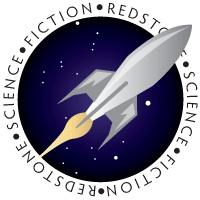
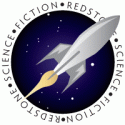





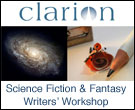



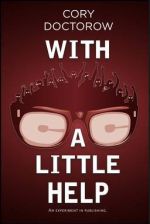
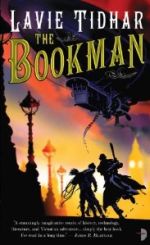
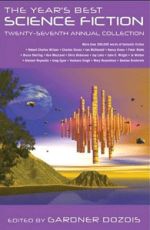
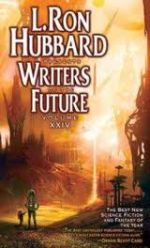
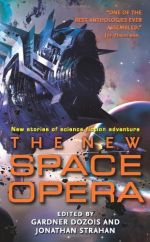
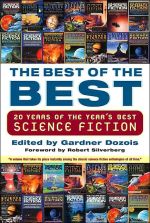
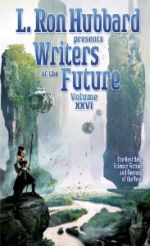
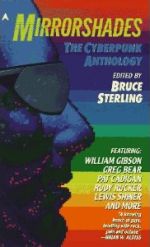
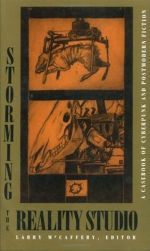
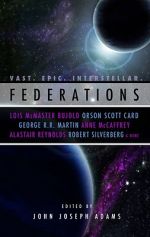


6 comments
[…] Orienting the Disoriented: Setting in Science Fiction by Sarah Einstein […]
Thought-provoking essay, Sarah. Oddly, I actually liked that example of a bad beginning. I would’ve read on, wanted to read on. Might be my tastes having been perverted by writers like D. F. Wallace (“Infinite Jest” is perhaps my favorite sci-fi ever) whose copious and persistent detail and specifics and even mountainous undigested research add credibility not present in run-of-the-mill fiction which I find ever harder to suspend belief now in reading. Or maybe it being (like you say) the sort of writing that appeals to the author, now appeals most to me as reader, I too needing that sort of resolution to get involved. There was also a geeky voice to it that attracted me.
Christopher,
Nice of you to say, but your story is such an amazing example of how setting–deployed correctly–is what creates the uncanny in scifi and makes it so compelling. I love the long arc of history punctuated with the usually unknowable biographies of the audience members. It creates such a haunted feel to the piece. The story is so great because it is so rich, and all of the details create the tension in the piece. The historical rendered to closely that the predictive seems more than plausible. Wow.
[…] Orienting the Disoriented: Setting in Science Fiction by Sarah Einstein. […]
[…] Orienting the Disoriented: Setting in Science Fiction by Sarah Einstein. […]
What’s the name of the story mentioned above? It sounds interesting.